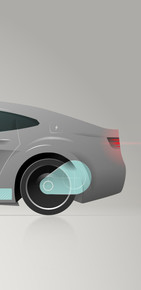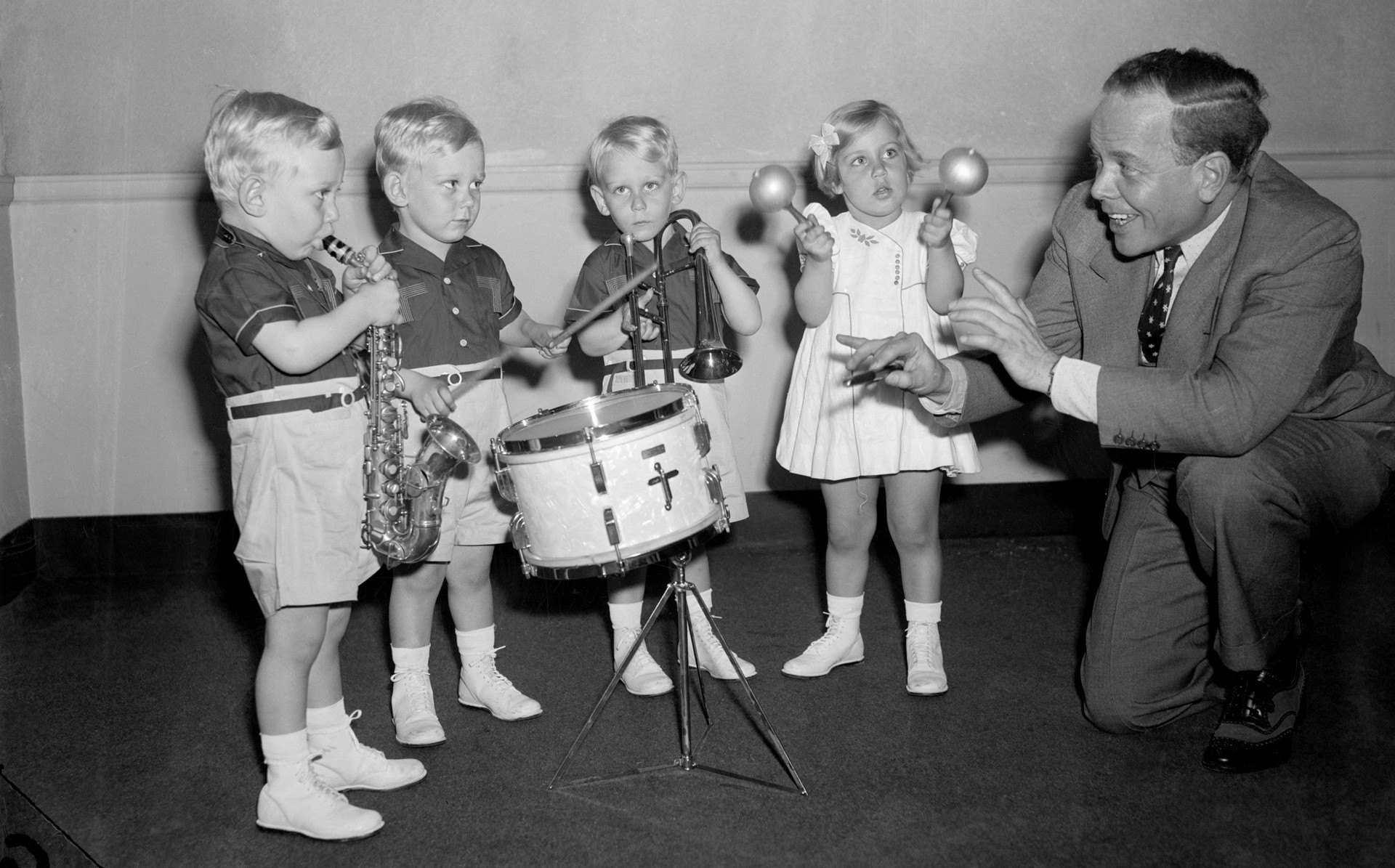Some time back I asked you all for help. I’d counted a year’s worth of airplay at Dutch radio station 3FM and learned that just one in five artists played is a woman. At music festivals, it turns out the gap is even wider.
I asked you to help me find out how widespread the disparity is and what’s behind it. An avalanche of responses rolled in – from experts, artists, and music lovers. It seems this is an issue people feel strongly about in the music world.
Here are the three main things I’ve learned so far in my conversations with you.
1. Gender stereotyping starts early
It’s one thing to note that women are underrepresented in music; it’s something else entirely to figure out why. Nearly all the experts I spoke with say that it begins when we’re young.
According to Katja Keersmaekers, who books acts for the Friendly Fire event planning agency in Amsterdam, it starts with the role models available to children as they’re growing up. There aren’t many famous female guitarists, for instance, to serve as inspiration for young girls.
That absence is rooted in instrument stereotypes, says Keersmaekers. From an early age, we learn to associate specific musical instruments with girls or with boys.
Children adopt these instrument stereoptypes at a young age
It’s been shown that adults associate different instruments with boys than with girls. This 1981 study is fairly old, however, so things may be different now. More recent research from England shows that children adopt these stereotypes at a young age: Girls between nine and eleven years old have a strong preference for the piano, flute, or violin, while boys prefer to play the guitar, drums, or trumpet.
Both boys and girls think that girls shouldn’t play the guitar and boys shouldn’t play the flute. Their main argument? They’ve never seen a girl play the guitar (or a boy play the flute).
And you see that distinction in their actual choice of instrument. Of children who play the flute, 89% are girls, according to a 2008 British study. In contrast, boys account for 81% of kids who play the electric guitar.
What we still don’t know is how many boys and girls learn to play each instrument, and what role other factors play in their choice. But it’s clear that if you want to achieve equal opportunity in the music world, it’s not enough to look at the numbers among the stars. By the time you reach (or don’t reach) the airwaves, the musical gender die has already largely been cast.
2. The music world is tailored to the male experience
That’s not to say the underrepresentation of women is solely the product of stereotypes we learn in childhood. Even for women who become professional musicians, the playing field isn’t level.
Many people I spoke with attribute this to the fact that music is largely a man’s world. One reader sent me a recent sociological study from the University of Toronto that demonstrates that we’re quicker to associate the word “artist” with men than with women, and that we have a deep-seated conviction that female artists are less competent.
Another reader sent me the thesis he wrote for his master’s degree in cultural studies, in which he concludes that music journalists more often ascribe authenticity to male musicians, and frequently view female performers as fantasy acts for men.
Book talented female acts more often, and you’ll end up with a larger pool of performers
Beyond perception, practical matters also play a role. Female musicians are often expected to doll themselves up for a performance, observes 3FM DJ Roosmarijn Reijmer, and yet venues don’t always provide the amenities required to do so. How can you expect an artist’s eyeliner to be perfect when festivals often fail to have a single properly lit mirror backstage?
It’s a subtle example of how the music industry infrastructure presumes maleness. Reijmer would like to see the scene become more inclusive. “Not by giving women any undue advantages, but by asking, ‘What do you need?’”
According to Reijmer, there’s little point in obsessing about the lack of female headliners at big festivals. The important thing is that women get the chance to work toward that achievement. Book talented female acts into smaller venues more often, and you’ll end up with a larger pool of performers.
3. The music industry is eager for change
After I asked for your input, there were also readers who asked what the actual problem is. Why do the numbers have to be the same? My answer is this: They don’t. I’m not calling for equal representation; I’m calling for equal opportunity.
This isn’t “just the way things are.” We make it the way things are.
Right now, the opportunities for men and women are not equal. We absorb musical stereotypes from the cradle on. But the underrepresentation of women in music isn’t “just the way things are.” We make it the way things are.
If anything’s become clear from all the responses to my call, it’s that a big chunk of the music industry wants to help change that. The form that change will take is still up for discussion. But one point emerges in nearly every conversation: it starts by becoming aware. And that process is in full swing.
—Translated from Dutch by Grayson Morris and Erica Moore
Upcoming articles in this series will cover the hard data on the breadth of the disparity between men and women on the radio, and how we might do things differently.
 If you like your journalism in-depth and ad-free...
Sign up for our newsletter and get new stories every week from De Correspondent.
If you like your journalism in-depth and ad-free...
Sign up for our newsletter and get new stories every week from De Correspondent.
More from De Correspondent:

 Why is it that so few female artists grace our airwaves (or the stage)?
I tallied up a year’s worth of programming at Dutch pop and rock station Radio 3FM. Turns out women account for just one out of every five artists the station plays. At music festivals, the gap is even greater. How widespread is this disparity and what’s behind it? Help me find out!
Why is it that so few female artists grace our airwaves (or the stage)?
I tallied up a year’s worth of programming at Dutch pop and rock station Radio 3FM. Turns out women account for just one out of every five artists the station plays. At music festivals, the gap is even greater. How widespread is this disparity and what’s behind it? Help me find out!

 Why electric cars are always green (and how they could get greener)
Driving an electric car emits no CO2. Zero. Nada. Zip. But let’s be honest: first you have to manufacture the battery it uses, then generate the power it consumes. So what does an electric car’s carbon footprint really look like? I decided to crunch the numbers.
Why electric cars are always green (and how they could get greener)
Driving an electric car emits no CO2. Zero. Nada. Zip. But let’s be honest: first you have to manufacture the battery it uses, then generate the power it consumes. So what does an electric car’s carbon footprint really look like? I decided to crunch the numbers.

 Save the refugees, become a banker
What does it take to make the world a better place? An emerging philanthropic movement uses a radical new approach to allocating its resources. What can we learn from these uber-rational doers of good? And what should we be wary of?
Save the refugees, become a banker
What does it take to make the world a better place? An emerging philanthropic movement uses a radical new approach to allocating its resources. What can we learn from these uber-rational doers of good? And what should we be wary of?



